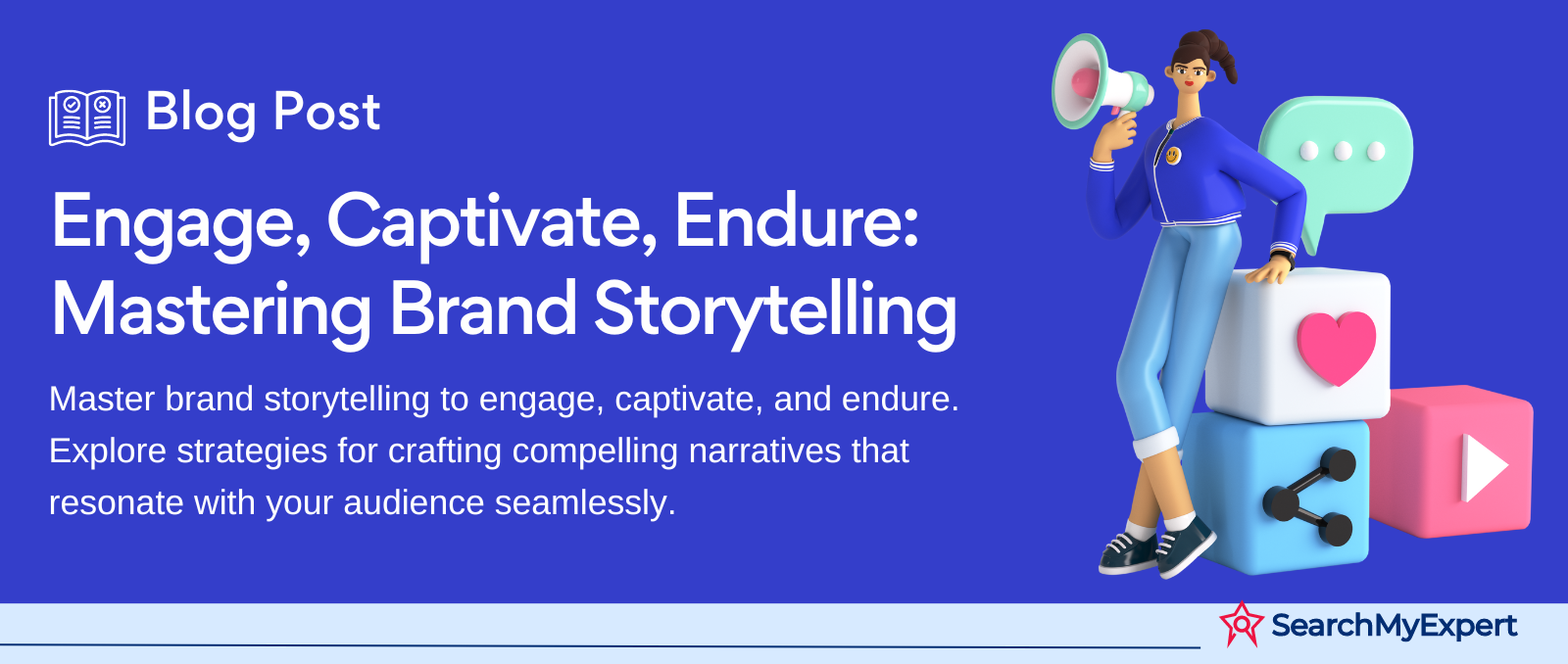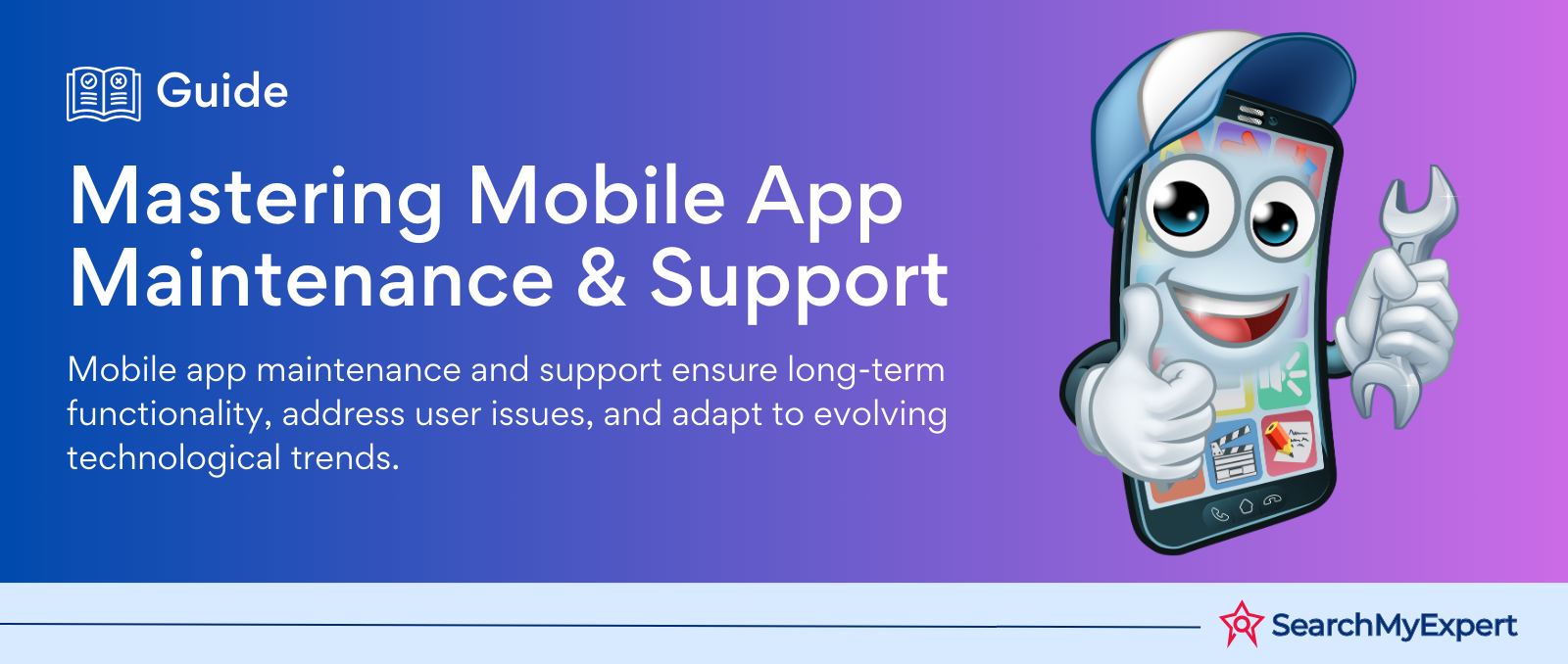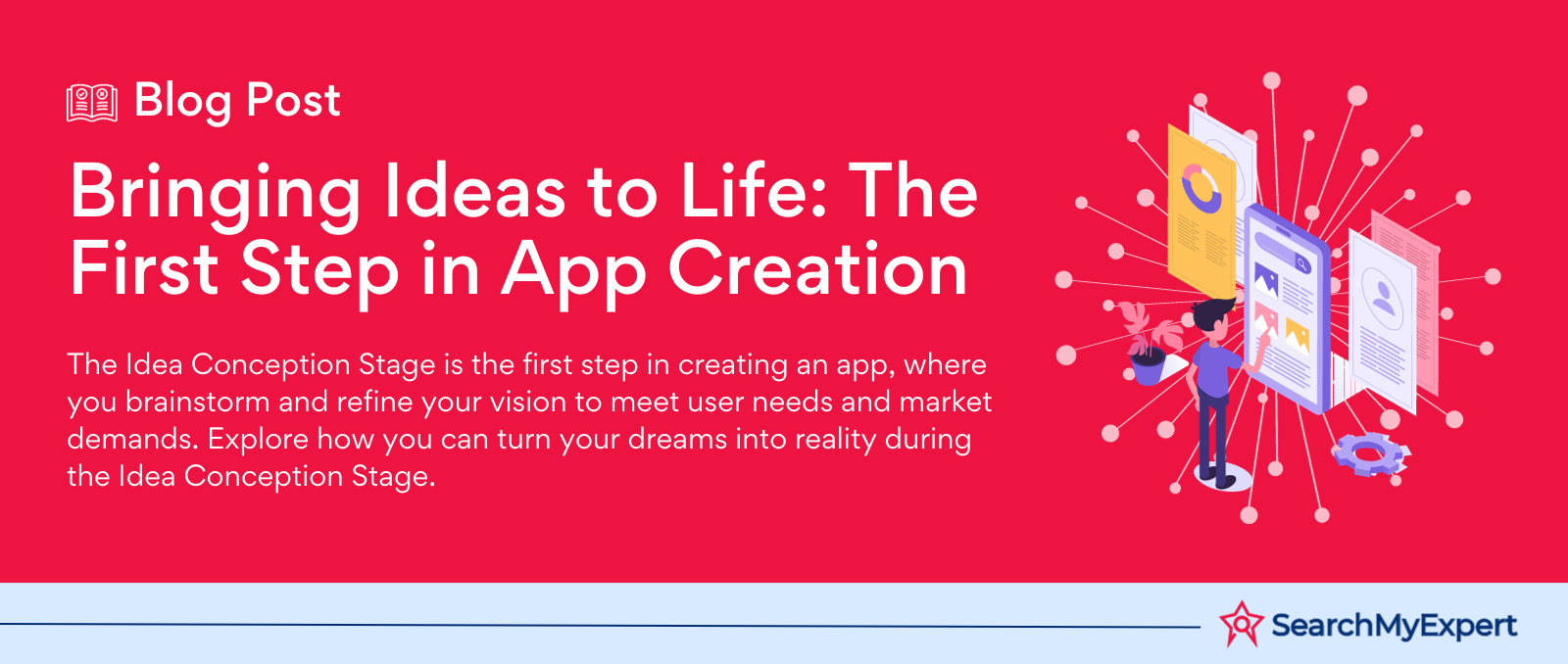Engage, Captivate, Endure: Mastering Brand Storytelling

The Power of Narrative - Why Stories Captivate Consumers
Humans are Wired for Stories - The Evolutionary Advantage of Storytelling
Our Brain Loves a Good Tale: Humans, since ancient times, have been storytellers. Stories are more than just entertainment; they are a fundamental part of human communication. Our brains are hardwired to respond to stories. They help us make sense of complex information, remember details, and connect with others on a deeper level. This innate attraction to stories offered an evolutionary advantage, enabling early humans to share knowledge, teach survival skills, and form strong social bonds.
Attention Economy and the Rise of Ad Fatigue - Why Stories Break Through
Cutting Through the Noise: In today's digital age, we are bombarded with information. Advertisements, social media, emails - the list goes on. This constant influx leads to what's known as 'ad fatigue', where consumers become indifferent to traditional marketing methods. Stories, however, have the unique power to break through this noise. They engage us in a way that raw data or a list of product features cannot. By weaving a narrative, brands can capture attention in an otherwise saturated market.
Emotional Connection and Brand Values - Stories Build Trust and Loyalty
Fostering Emotional Bonds: A well-told story can evoke emotions, create connections, and humanize a brand. When a brand shares its values and beliefs through storytelling, it resonates with consumers on a personal level. This emotional engagement is key in building trust and loyalty. People are more likely to remember and favor brands that they feel emotionally connected to. Stories are not just about selling a product; they are about sharing values and experiences that align with the consumer's own beliefs and desires.
Crafting Your Brand Story - Finding Your Authentic Voice
Defining Your Brand Identity - Core Values, Mission, and Purpose
Know Thyself: Before you can tell your story, you need to know it. What does your brand stand for? What are its core values, mission, and purpose? This isn’t just about what you sell, but why you sell it. Your brand identity is the foundation of your story. It should reflect your business's ethos, goals, and the impact you want to have on your customers and the world.
Identifying Your Target Audience - Their Needs, Desires, and Pain Points
Speak Their Language: Understanding your audience is crucial. Who are they? What are their needs, desires, and pain points? Your story should be tailored to resonate with your target audience. It’s not just about what you want to tell them, but about what they want and need to hear. By aligning your narrative with your audience’s interests and values, you create a story that feels personal and relevant to them.
Building a Unique Narrative Framework - Your Brand's Origin, Challenges, and Triumphs
Crafting Your Epic: Every brand has a unique journey – its origin, the challenges it faced, the triumphs it celebrated. This journey forms the backbone of your narrative framework. It’s about showing your audience where you’ve come from, the obstacles you’ve overcome, and how that journey shapes the value you provide. A compelling narrative framework not only illustrates your brand’s past but also sets the stage for its future.
The Anatomy of a Compelling Brand Story - Elements to Engage
Captivating Characters - Heroes, Villains, and Relatable Figures
Bringing Your Story to Life: Characters are the heart of any story. In a brand narrative, these characters could be your customers (heroes), their challenges (villains), or even your own brand (mentor). The key is to create characters that are relatable and authentic. A hero that your audience can see themselves in, a villain that embodies their challenges, and a mentor (your brand) that guides them towards a solution.
A Clear Conflict - The Struggle Your Brand Overcomes or Helps Overcome
The Catalyst for Change: Conflict is what drives a story forward. It introduces tension and sets the stage for transformation. For a brand, this conflict could be the challenge your customers face that your product or service solves. This isn’t just about showcasing a problem, but highlighting the journey from challenge to resolution. It's the struggle that makes the resolution meaningful and memorable.
Emotional Journey - Evoking Empathy, Joy, or Inspiration
Touching the Heart: Emotions are powerful motivators. They are what transform a simple narrative into a compelling brand story. Whether it’s empathy, joy, surprise, or inspiration, each emotional touchpoint in your story should be crafted to resonate with your audience. It’s about taking them on a journey that not only informs them about your brand but also connects with them on a deeper, emotional level.
Memorable Moments - Scenes and Symbols that Resonate with Your Audience
Creating Lasting Impressions: Every good story has moments that stick with us long after it’s over. In the context of a brand story, these could be key scenes, slogans, logos, or even colors that become synonymous with your brand. These elements should be carefully crafted to reinforce your narrative and make your brand instantly recognizable and memorable.
Storytelling Channels - Where Your Brand Story Comes Alive
Traditional Advertising - TV, Radio, Print - Adapting Your Story to the Format
Classic but Effective: Traditional advertising channels like TV, radio, and print still hold significant value. The key is to adapt your brand story to fit the format. A TV ad might allow for a more visual and narrative approach, while radio needs a compelling script to engage listeners. Print can be used to create visually striking and thought-provoking imagery. Each medium offers unique opportunities to bring different aspects of your story to life.
Digital Storytelling - Social Media, Websites, Interactive Experiences
Engaging in the Digital Realm: Digital platforms offer a plethora of ways to tell your brand story. Social media allows for real-time engagement and storytelling through posts, stories, and user-generated content. Websites can serve as a comprehensive platform for your narrative, combining text, images, and videos. Interactive experiences, like virtual reality or online quizzes, offer an immersive way to engage your audience with your story.
Content Marketing - Blog Posts, Articles, Videos - Nurturing Brand Narrative
Educate, Entertain, Engage: Content marketing is all about adding value to your audience. Blog posts, articles, and videos are excellent tools for expanding on your brand story, providing deeper insights, educating your audience, and keeping them engaged. Each piece of content is a chapter in your ongoing narrative, building a stronger connection with your audience over time.
Influencer Partnerships - Leveraging Authentic Voices to Amplify Your Story
The Power of Influence: Influencers can act as powerful storytellers for your brand. By partnering with influencers who align with your brand values and resonate with your target audience, you can amplify your story through authentic and trusted voices. These partnerships can provide a human touch to your narrative, making it more relatable and credible.
Measuring the Magic - How to Track Storytelling Success
Leaving a Lasting Impression: Measuring brand awareness and recall is crucial. It’s not just about whether people saw your story, but whether they remember it. Surveys, brand recognition tests, and social media monitoring can help assess how well your story is sticking in the minds of your audience.
Positive Sentiment and Engagement - Are People Talking About Your Story?
Sparking Conversations: Engagement metrics like comments, shares, and likes on social media platforms can gauge how your story resonates with your audience. Analyzing sentiment in these interactions helps understand the emotional impact of your story. Are people inspired, amused, or moved by your narrative?
Customer Loyalty and Advocacy - Are People Choosing Your Brand Because of Your Story?
Fostering Brand Champions: Loyal customers often become brand advocates. Tracking repeat purchases, customer retention rates, and referral metrics can indicate whether your story is converting listeners into loyal followers. Engaging storytelling that aligns with customer values can turn casual buyers into passionate brand advocates.
Sales and Conversions - Is Your Story Driving Desired Outcomes?
Translating Story to Sales: Ultimately, the success of a brand story is also measured by its impact on sales and conversions. Analyzing sales data before and after storytelling campaigns can provide insights into the effectiveness of your narrative in driving business results. It’s about connecting the dots between the emotional resonance of your story and tangible business outcomes.
The Storytelling Continuum - Adapting to the Changing Landscape
Embracing New Technologies - AR/VR, AI, Immersive Experiences
Redefining Storytelling: As technology evolves, so do storytelling mediums. Augmented Reality (AR), Virtual Reality (VR), and Artificial Intelligence (AI) offer new ways to tell and experience stories. Brands can create immersive experiences that engage the audience in a more interactive and impactful way.
Short-Form Attention Spans - Snackable Stories and Micro-Moments
Adapting to the Digital Age: In a world of short attention spans, storytelling must adapt. Micro-moments and snackable content are becoming increasingly important. Brands need to craft concise, compelling stories that capture attention quickly and leave a lasting impact.
Authenticity and Transparency - Building Trust in an Age of Skepticism
The Value of Being Real: Consumers today crave authenticity and transparency. Stories that showcase a brand’s true values, admit faults, and speak openly resonate more deeply with audiences. It’s about building trust through honesty and relatability in your storytelling.
Cultural Relevance - Stories that Resonate with the Zeitgeist
Staying Connected with the Times: Stories that tap into current cultural moments or social trends are more likely to engage and resonate with audiences. Brands need to be aware of and responsive to the cultural context in which they are telling their stories, ensuring relevance and connection.
The Power of Legacy - Why Brand Storytelling Endures
Building a Community Around Your Story - Fostering Connection and Belonging
Creating a Shared Experience: A strong brand story does more than sell a product; it creates a community. This community is built on shared values and experiences, fostering a sense of connection and belonging. By engaging your audience in a narrative that resonates with their own experiences and aspirations, you create an emotional bond. Community-building can be enhanced through interactive platforms, social media groups, and live events where stories and experiences are shared.
Evolving Your Story with Your Brand - Staying Fresh While Retaining Core Values
Adapting Without Losing Essence: As your brand grows and evolves, so should your story. However, it’s crucial to maintain your core values and essence. This evolution can be seen in how you adapt to new market trends, expand your product lines, or even address global issues. The key is to keep your narrative relevant and fresh while staying true to the foundational values that define your brand.
Leaving a Lasting Impact - Stories That Inspire and Change the World
More Than Just a Brand: Ultimately, the most enduring brand stories are those that contribute to a greater good. They go beyond the confines of marketing and enter the realm of inspiration and social impact. These stories not only build a legacy for the brand but also contribute positively to society. They inspire, challenge, and encourage change, leaving a lasting impact that transcends the brand itself.
Conclusion:
In conclusion, brand storytelling is not just a marketing tactic; it's an art form that, when executed skillfully, can transform how audiences perceive and interact with a brand. From creating relatable characters and emotional journeys to leveraging new technologies and maintaining authenticity, every aspect of storytelling plays a crucial role in building a powerful brand narrative. The key is to stay true to your core values while evolving with your audience and the world around you. By doing so, you can turn your brand story into a legacy, leaving a lasting impact that transcends time and trends. Remember, a great story is not just told; it's experienced, lived, and passed on. As you embark on your storytelling journey, aim not just to tell a story, but to create an enduring legacy that resonates with hearts and minds alike.
Redefine your brand with strategic Advertising.
share this page if you liked it 😊
Other Related Blogs

Mastering Docker for App Development: A Comprehensive Guide to Benefits, Use-Cases, and Alternatives
STAY UP TO DATE
GET PATH'S LATEST
Receive bi-weekly updates from the SME, and get a heads up on upcoming events.
Contact Us











